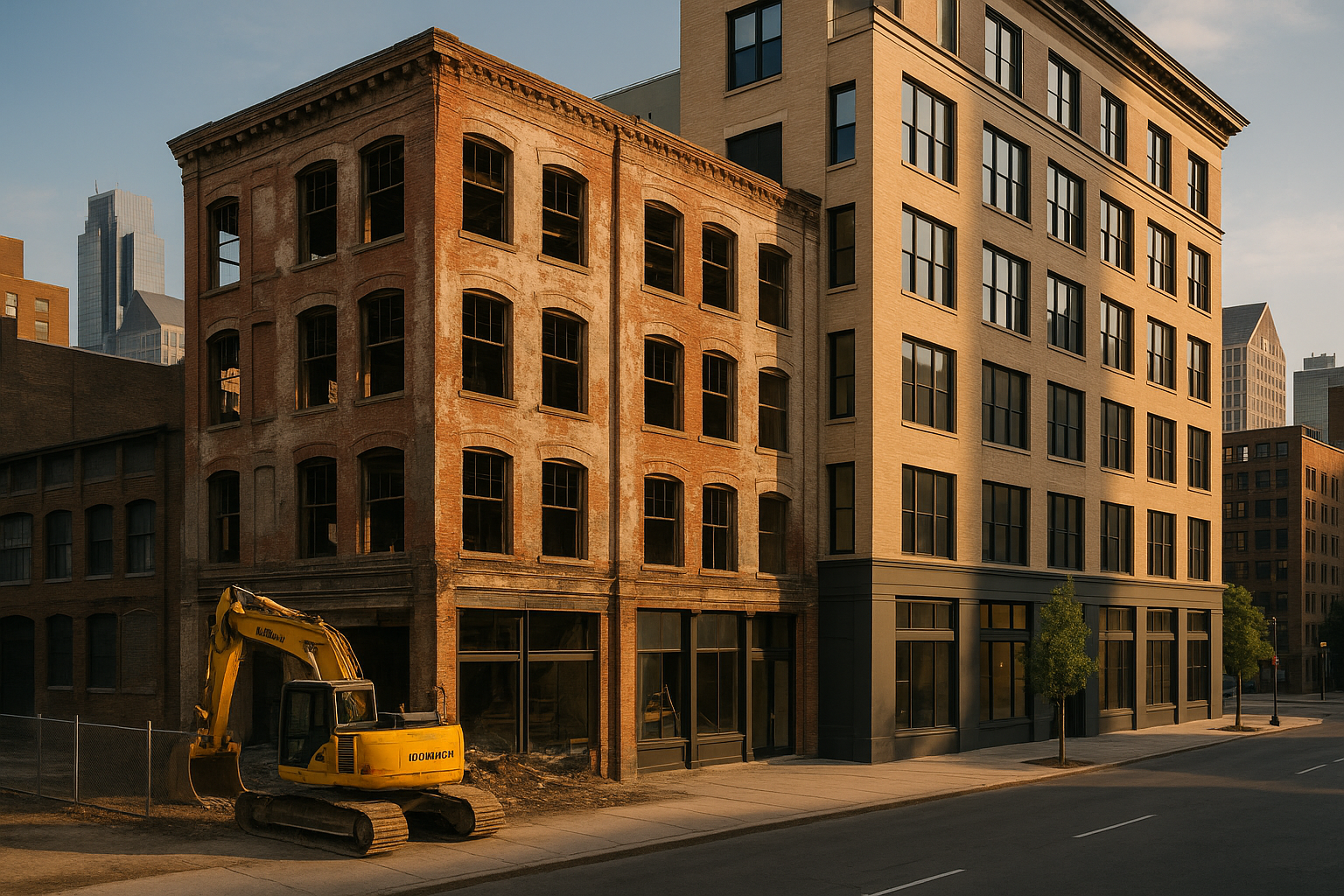The Intricacies of Adaptive Reuse in Real Estate: A Paradigm Shift in Property Investment
Introduction: Amidst the shifting dynamics of urban landscapes, a new trend is becoming a beacon for savvy real estate investors. The concept of Adaptive Reuse, or the repurposing of underutilized or obsolete properties, is not only transforming cities but also offering potentially lucrative investment opportunities.

The Emergence and Evolution of Adaptive Reuse
Adaptive reuse is not a new phenomenon; it’s rooted in the idea of urban renewal, which has been a part of city planning for centuries. However, over the years, the concept has evolved, moving beyond mere preservation to a more strategic, economically-driven approach. It’s now seen as a viable solution to address urban decay, housing shortages, and the demand for sustainable practices in real estate.
The Current State of Adaptive Reuse and Market Trends
The rise of e-commerce and the decline of brick-and-mortar retail have left many commercial properties vacant. Meanwhile, the demand for affordable housing and unique commercial spaces is growing. As a result, adaptive reuse projects are on the rise, turning empty warehouses into trendy lofts, deserted malls into community centers, and underused office buildings into boutique hotels.
Pros and Cons of Adaptive Reuse Projects
Adaptive reuse offers several advantages, such as revitalizing neighborhoods, preserving historical structures, and promoting sustainability. However, it also comes with challenges. These include potential structural issues, compliance with building codes, and the need for significant capital investment. Despite these obstacles, the potential returns can outweigh the risks, given the right property and market conditions.
Impact on Buyers, Sellers, and Investors
For buyers, adaptive reuse projects offer unique, character-rich spaces often located in desirable urban areas. Sellers and developers can benefit from potentially higher property values following a successful transformation. Investors, meanwhile, might find attractive returns in these projects, especially if they can tap into niche markets or ride the wave of urban revitalization.
Navigating Adaptive Reuse as a Real Estate Strategy
As with any investment, adaptive reuse requires careful planning and due diligence. Investors need to consider the property’s location, structural integrity, potential uses, and market demand. In addition, understanding local zoning laws and potential tax incentives can play a crucial role in the project’s success.
In conclusion, while adaptive reuse presents its share of challenges, it also offers unique opportunities. By understanding the complexities of this strategy, real estate investors can potentially unlock new avenues for growth and profitability.





